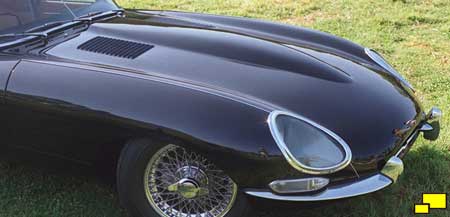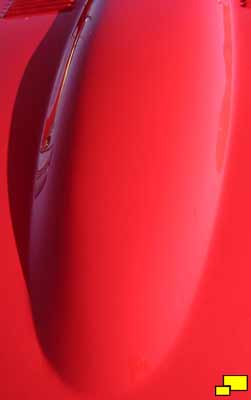
|
|
|
|
|
|
|
|
|
|
|
|
|
|
|
|
|
|
|
|
|
|
|
|
|
|
||||
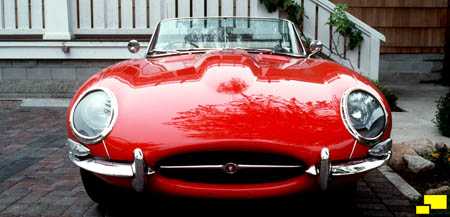
|
||
|
Photo courtesy of Neil Zlowzower |
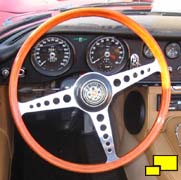
|
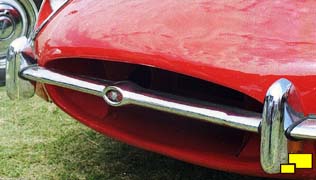
|
|
Left: The classic mahogany and polished alloy steering wheel used in the Series I and Series II E-Type. The Series III used a one inch smaller leather covered wheel. Right: A nice simple motif bar decorates the radiator opening. Additional bumper sections surrounding the mouth were often added by owners for more protection. |
|
|
|
|
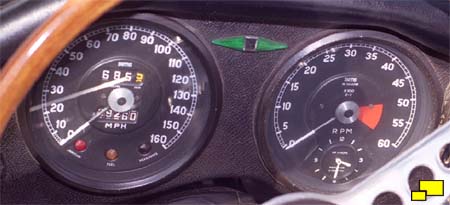
|
Smiths gauges were featured on the E-type. The clock on the tachometer identifies this as a Series I car; for Series II cars, it was placed on the switch panel. | |
|
|
||
| Amongst the practical limitations of the OTS E-Type is a lack of luggage space. If you were taking a long trip in a roadster, you had to be both conservative with the quantity that you took and creative with respect to where you put it. Boot mounted luggage racks were a popular solution. Special luggage was available as an option, but it was seldom purchased and few examples are around today. |
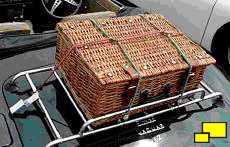
Photograph courtesy of Andrew Fearon |
|
|
|
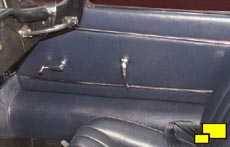
|
Note the high and wide door sills. They were necessary to keep the body structure rigid. Along with the small doors, they made entering and exiting difficult. With the top down on the roadster it was not bad, but top up or with the coupe this took some getting used to. The 2+2 and Series III models had a larger door for easier ingress/egress. |
|
|
|
|
Note: Clicking on an image with this symbol ( ) will lead to a larger image.
) will lead to a larger image.
(A new window will open in your browser)
(A new window will open in your browser)

Suggestions? Comments? Tell us!!! |

|
